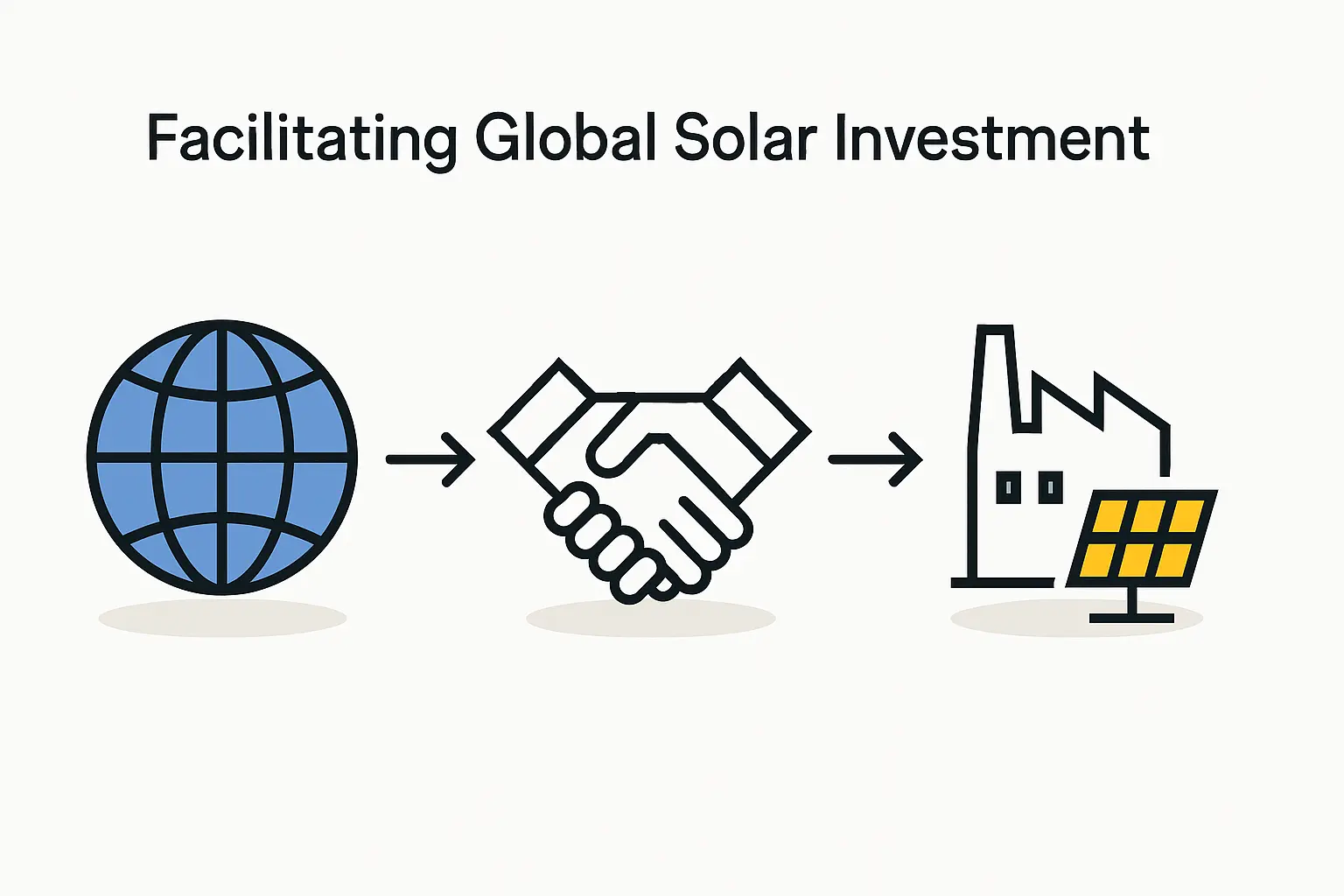Solar Energy in Costa Rica: Challenges and Opportunities for Adoption
Costa Rica, a country celebrated for its commitment to sustainability and renewable energy, is looking to fully harness the power of the sun. Despite its abundant sunshine, solar energy has yet to become a significant player in the country’s energy mix. While the nation generates 99% of its electricity from renewable sources—primarily hydropower—solar accounts for less than 1%, a surprising figure given its potential.
The slow adoption of solar technology in Costa Rica can be attributed to several factors. High installation costs, complex tax policies, and a lack of robust government incentives have historically made it difficult for residents and businesses to invest in solar infrastructure.
However, the outlook is improving. Driven by recent energy challenges and growing environmental awareness, demand for solar is on the rise. By mid-2023, solar power had begun to capture approximately 4.5% of the country’s energy generation, signaling a positive shift (source).
Initiatives Driving Solar Progress in Costa Rica
Recognizing solar’s growing importance, several initiatives are underway to promote its adoption. Unilever Costa Rica, for example, is making significant strides with the installation of a 1.36 MW solar system at its Belén plant, one of the country’s largest solar projects. This installation, a collaboration with Enertiva and the Compañía Nacional de Fuerza y Luz (CNFL), underscores the company’s commitment to sustainability and emission-free production.
Ready to make big Profits?
The solar Industry is Booming
WE HELP NEWCOMERS to the solar industry start their own solar module production line. Customers can make BIG PROFITS by selling modules and finding investors, without wasting money and time on things they don't need!
The Costa Rican government is also implementing policies to encourage solar adoption. Through tax incentives and subsidies for solar panel installations, these measures are designed to make solar energy more accessible and affordable for everyone (source).
The Future of Solar Energy Development in Costa Rica
As Costa Rica continues to advance its renewable energy agenda, the push toward solar represents a significant opportunity for growth and innovation. For those interested in starting a solar module production line or investing in the sector, now is an opportune time to contribute to the country’s growing solar industry (source).
Costa Rica’s journey toward greater solar energy adoption reflects its longstanding commitment to sustainability and environmental stewardship. While challenges remain, the country’s progress and ongoing initiatives offer a hopeful outlook for a future where solar power plays a pivotal role in its energy landscape.



